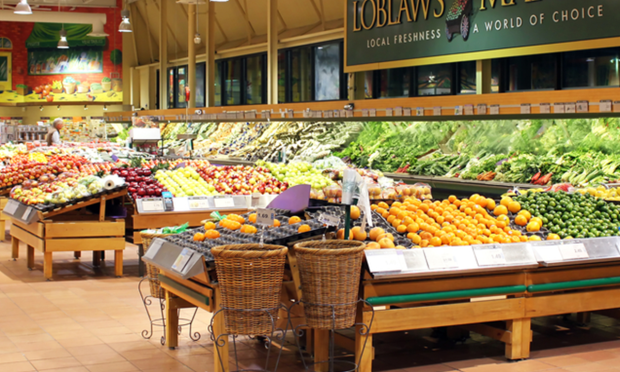Grocers Cut Prices Globally as Discount Retailers Gain Share

Forced to choose between protecting their margins and losing more share to discount retailers, grocery chains worldwide are slashing prices to remain competitive.
In the United States, for instance, supermarket chain Aldi recently announced that it is reducing the prices of more than 250 products.
“We don’t want high grocery prices to get in the way of Americans doing what they love this summer, so we’re taking charge to champion value in a way that only ALDI can,” Aldi U.S Co-President Dave Rinaldo said in a statement. “We’re reducing our already low prices on some of the season’s most popular items to make sure summer plans aren’t disrupted.”
While Aldi may be a chain that specifically touts low prices as part of its value proposition, it is not only discount grocers lowering prices. In the United Kingdom, major supermarket chain Sainsbury’s announced Tuesday (May 30) price reductions on more than 40 private-label dairy products.
“Whenever we are paying less for the products we buy from our suppliers, we will pass those savings on to customers,” Sainsbury’s Food Commercial Director Rhian Bartlett said in a statement. “As we see the commodity prices starting to fall for milk, we have lowered the price of over 40 own brand products in supermarkets. From today, customers will be able to save as much as 60% on the price of a wide range of items including hard and soft cheeses, yoghurts and cream.”
In fact, the retailer specifically promises to match Aldi’s prices on staples as the discount grocer gains share in the United Kingdom.
Moreover, in Australia, supermarket chain IGA (Independent Grocers of Australia) reduced prices on more than 3,000 products, The Australian reported Wednesday (May 31).
These moves come in response to consumers shifting away from their previous go-to grocers in search of better deals. Research from the latest installment of PYMNTS’ Consumer Inflation Sentiment series, “Consumer Inflation Sentiment Report: Consumers Cut Back by Trading Down,” which drew from an April survey of more than 2,000 U.S. consumers, revealed that nearly half (47%) of grocery shoppers have switched to merchants with lower prices for at least one product.
Plus, PYMNTS’ March report, “Consumer Inflation Sentiment: The False Appeal of Deal-Chasing Consumers,” for which we surveyed more than 2,100 United States consumers in February, revealed that 44% of grocery shoppers are deal chasers, willing to go wherever they will get the best price.
Grocery customers are leaving their former favorites in favor of discount retailers and superstores as dollar stores add more refrigerator and freezer capacity to grow their share of food and beverage sales, expanding their frozen food selections to meet consumers’ demand for value and convenience.
It is not only dollar store chains — Walmart is also seeing share gains from higher-income consumers trading down from higher-end grocers in search of better bargains.
“Share gains in grocery continued, including from higher-income households, as our strong price gaps resonate with customers who are increasingly prioritizing value and convenience,” Walmart Executive Vice President and Chief Financial Officer John David Rainey told analysts on a recent earnings call.

